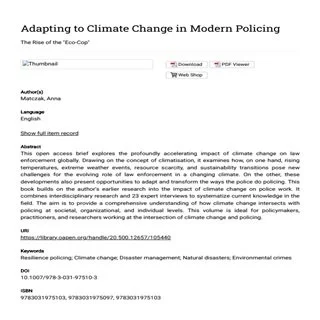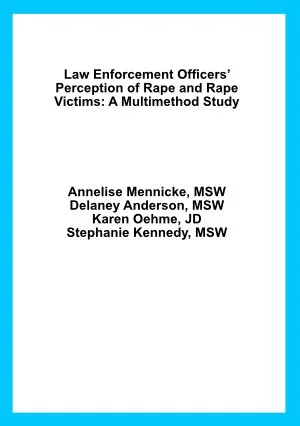By Jessica Gettleman and Tyler Kendall
The Wilson Center for Science and Justice at Duke Law has released Evaluation of Fayetteville’s ShotSpotter Installation: Results from the First 18 Months, an independent analysis of the gunshot detection system’s use in Fayetteville, North Carolina. The report was commissioned by the City of Fayetteville to examine how ShotSpotter operated across three designated coverage zones from September 2023 through March 2025.
The evaluation reviewed data from 911 firearm-related calls for service, ShotSpotter’s internal “Ground Truth Tracking Workbook,” and Fayetteville’s public Open Data Portal. The study compared patterns before and after installation, both inside and outside ShotSpotter zones.
Key findings include:
Incidence trends: Gunshot-related incidents declined citywide beginning in 2022, consistent with national trends. Incident levels remained relatively stable within the ShotSpotter coverage zones during the evaluation period.
Notification volume: While the 911 call volume related to gunshots decreased citywide over the period being evaluated, the Fayetteville Police Department received a significantly increased number of ShotSpotter gunshot-related notifications in the ShotSpotter coverage zones compared to an equivalent period of time prior to the evaluation period.
Response times: Police were dispatched and arrived more quickly following ShotSpotter alerts compared to 911 calls. alone. However, the available data do not allow assessment of whether these faster responses affected investigative or victim outcomes. In addition, officers spent more time on scene when responding to incidents reported through both a ShotSpotter alert and 911 call compared to those reported through only one source.
Investigation and victim outcomes: Evidence collection, victim identification, and arrests occured most frequently when ShotSpotter alerts were accompanied by 911 calls. ShotSpotter-only alerts produce comparatively fewer investigative or victim-related outcomes, reflecting challenges including possible false alarms.
Resource use: Many ShotSpotter-only alerts involve detection of a small number of rounds or “probable gunfire” only. These are associated with lower productivity in terms of evidence collection and victim identification. Strategic prioritization of alerts—such as deprioritizing single-shot alerts lacking 911 confirmation—may improve efficient use of police resources.
The report also notes important limitations. The available data did not include comparable outcomes for 911-only calls, nor confirmation rates for whether reported gunshots were verified on scene. As a result, the evaluation cannot directly compare the relative accuracy or effectiveness of ShotSpotter alerts versus 911 calls.
Ultimately, ShotSpotter provides Fayetteville with increased numbers of alerts about possible gunfire incidents and facilitates faster police response times in targeted zones. However, its impact on reducing gun violence and improving investigation and victim outcomes is limited when alerts are unaccompanied by traditional 911 calls. The Wilson Center’s report does not make recommendations about whether Fayetteville should continue using ShotSpotter but provides data and analysis to inform that decision.
“Cities face difficult choices about public safety, and it is essential that those decisions are guided by data,” said Brandon Garrett, Faculty Director of the Wilson Center. “We are grateful to provide evidence-based research and evaluations that can help communities like Fayetteville weigh their options and determine which approaches work best for them.”
Durham, NC: Wilson Center for Science and Justice at Duke Law;, 2025 68p.










